THE DOME OF THE FOUR COURTS
In 2011, a large chunk of one of the ornate capitals that top each of the 24 Corinthian columns supporting the dome broke away and fell on to a roof below. Investigations showed a steel ring encircling the concrete dome had rusted. Further examinations indicated significant repairs were required to the concrete dome itself.
A project to restore the much liked dome of the four courts building began in January 2015 but is not now expected to be completed until 2022 or 2023 and the cost to-date is more than €4m due to unforeseen complications.
Work based on the design of Thomas Cooley for the Public Records Office of Ireland, began in 1776. After his death in 1784 renowned architect James Gandon was appointed to finish the building which we recognise today as the Four Courts. It was built between 1786 and 1796, while the finishing touches to the arcades and wings were completed in 1802. The lands were previously used by the King's Inns.
On 14 April 1922 the courts complex was occupied by IRA forces opposed to the Anglo-Irish Treaty, led by Rory O'Connor. On 27 June the new National Army attacked the building to dislodge the rebels, on the orders of the Minister for Defence Richard Mulcahy, authorised by President of Dáil Éireann Arthur Griffith. This attack provoked a week of fighting in Dublin. In the process of the bombardment the historic building was destroyed. The west wing of the building was obliterated in a huge explosion, destroying the Irish Public Record Office at the rear of the building. Nearly a thousand years of archives were destroyed by this explosion, the ensuing fire, and the water poured onto the fire.
O'Connor's forces were accused of mining the records office; however, those present, who included future Taoiseach Seán Lemass, said that, while they had used the archive as a store for their ammunition, they had not deliberately mined it. They suggest that the explosion was caused by the accidental detonation of their ammunition store during the fighting.
For a decade after the destruction of the Civil War, the courts sat in the old viceregal apartments in Dublin Castle. In 1932, a rebuilt and remodelled Four Courts was opened. However, much of the decorative interior of the original building had been lost and, in the absence of documentary archives (some of which had been in the Public Records Office and others of which were among the vast amount of legal records lost also), and also because the new state did not have the funds, the highly decorative interior was not replaced.
Dome, Restoration, Four Courts, Thomas Cooley ,James Gandon, Rory O'Connor,Richard Mulcahy,Arthur Griffith,Irish Public Record Office,Inns Quay, William Murphy, Infomatique, Fotonique, Sony, VG10E,24-70mm lens,




-
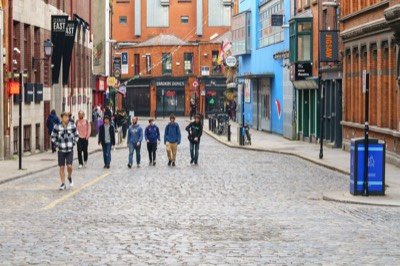
EAST ESSEX STREET
-
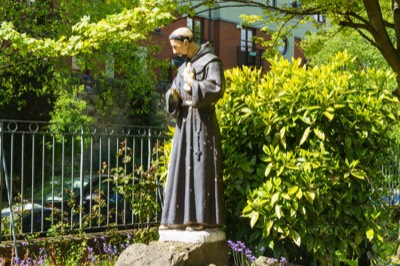
SAINT FRANCIS
-
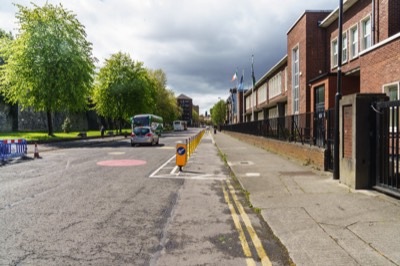
NATIONAL SCHOOL
-
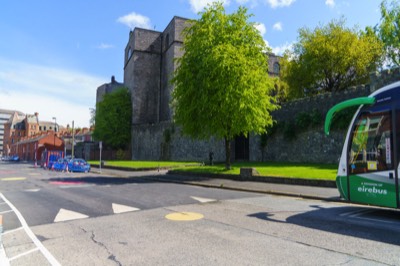
COOK STREET
-
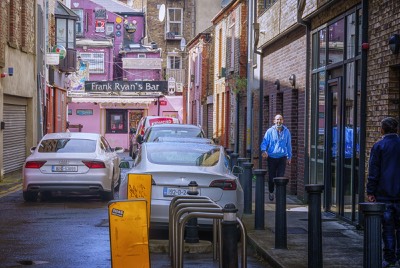
COKE LANE
-
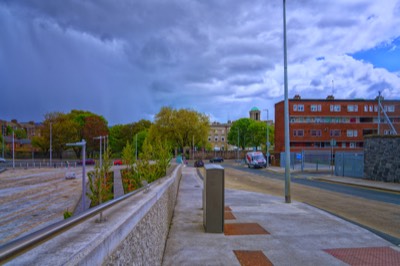
BRENDAN'S WALK
-

HIPSTERS OUT
-
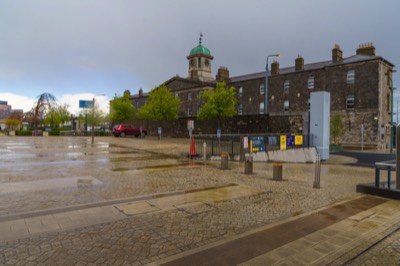
CHANGED WEATHER
-

DRINKING TROUGH
-
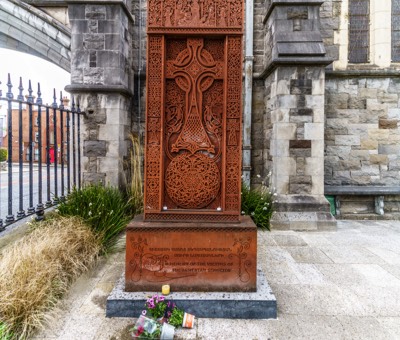
MEMORIAL
-

DARGAN BRIDGE
-
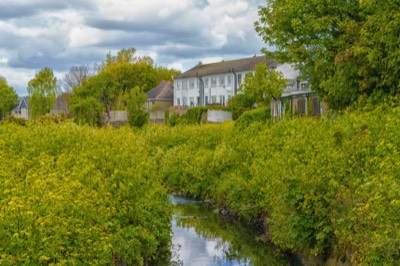
RIVER SLANG
-
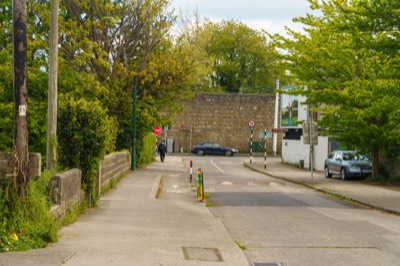
ST COLUMBANUS ROAD
-
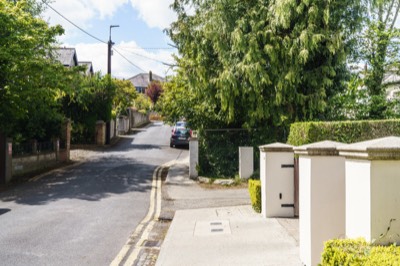
FRANKFORT PARK
-
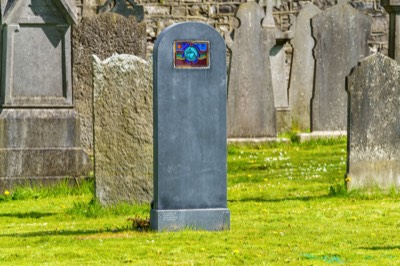
GLASNEVIN CEMETERY
-

STREET FURNITURE
-

DUCKS
-
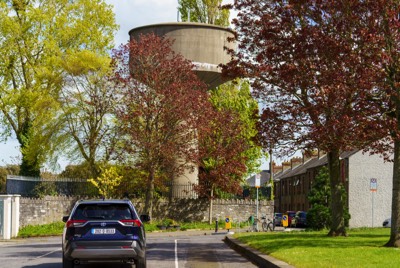
WATER TOWER
-
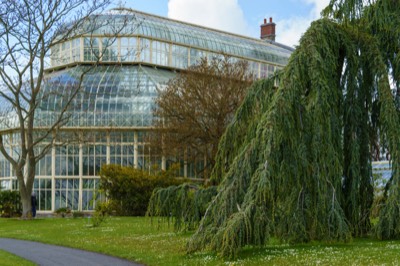
GLASSHOUSES
-

TREE TRUNKS
-
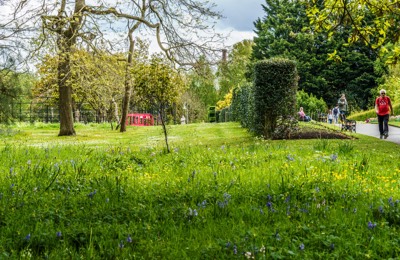
WILD MEADOWS
-
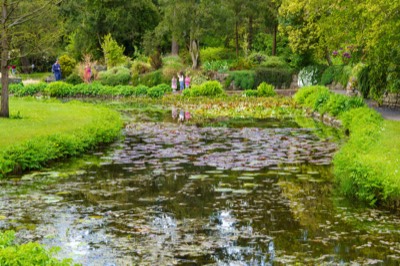
THE POND
-
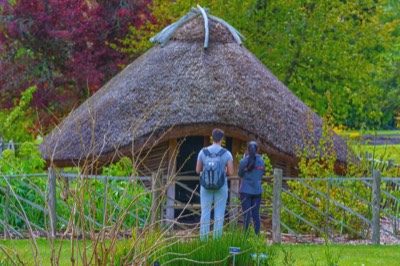
VIKING HOUSE
-
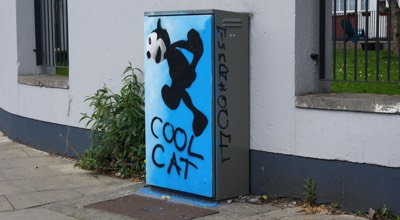
COOL CAT
-

RESTORATION
-
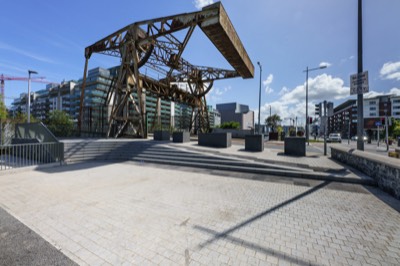
LIFTING BRIDGE
-
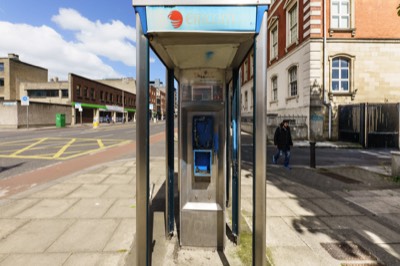
PHONE KIOSK
-
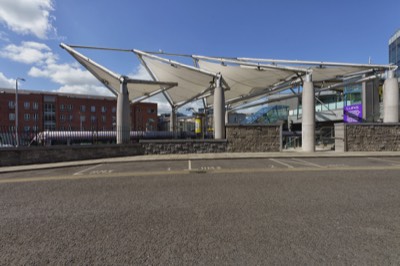
CONNOLLY STOP
-
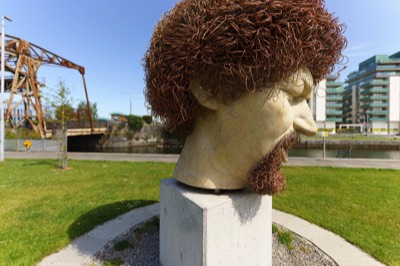
LUKE KELLY
-
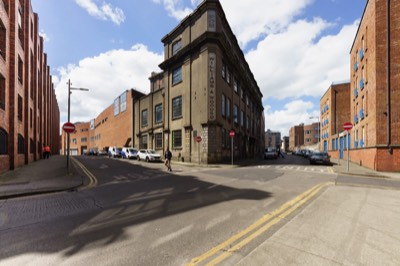
WILLIAMS & WOODS
-
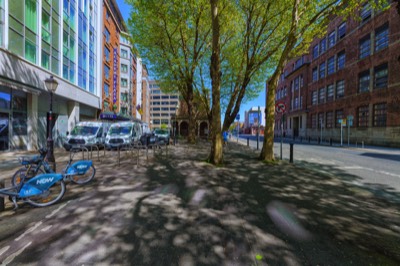
CHURCH FINDLATER PLACE
-
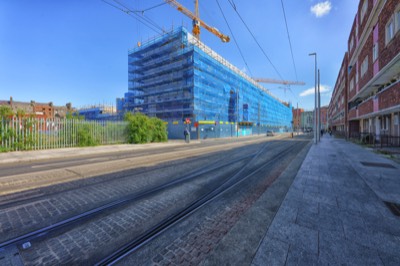
DOMINICK TRAM STOP
-
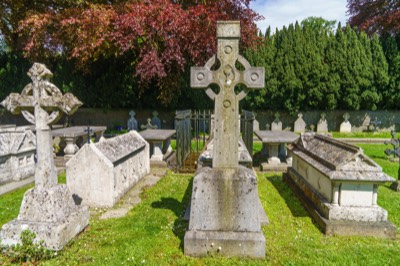
MAYNOOTH CEMETERY
-
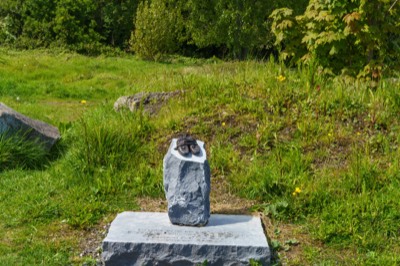
FAMINE WAY
-
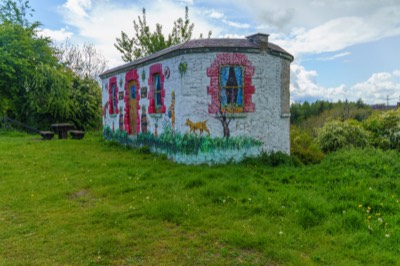
COLLECTOR'S HOUSE
-

WATERFALL IN LEIXLIP
-
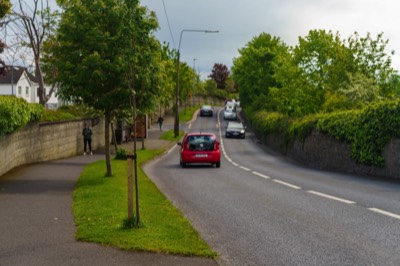
CAPTAIN'S HILL
-
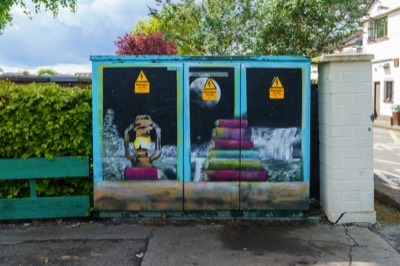
PAINT-A-BOX LEIXLIP
-

JIM FLAVIN
-

ST CATHERINE'S GRAVEYARD
-
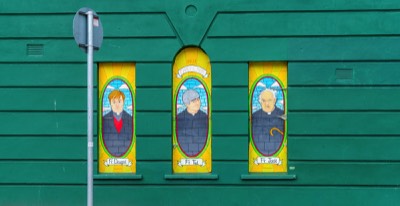
TED AND FRIENDS
-

NEWMARKET AREA
-
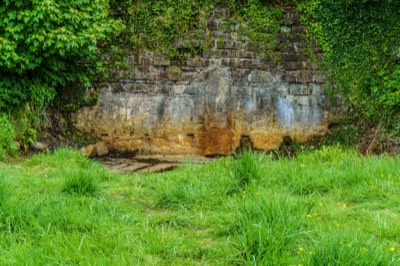
SPA SPRING
-
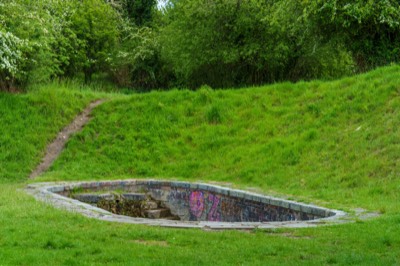
ROMANESQUE BATH
-
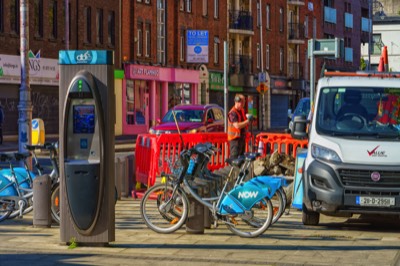
REMOVED
-

COOLMINE RAILWAY STATION
-

CANAL BANK
-

CLONSISSA ROAD
-

COOLMINE ROAD
-
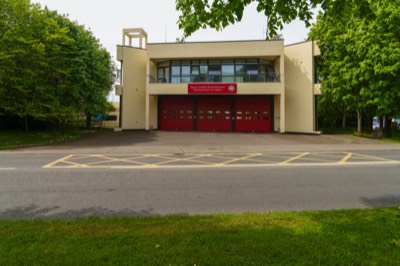
FIRE STATION 9
-

COOLMINE WOODS
-
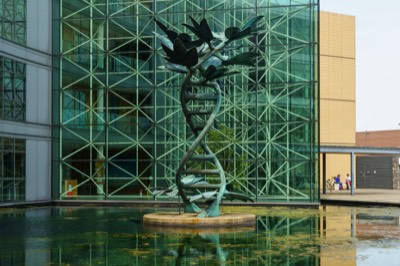
TREE OF LIFE
-
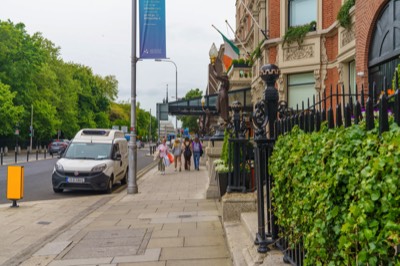
SHELBOURNE
-
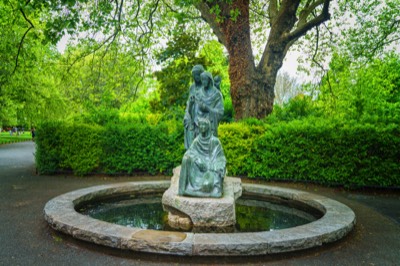
THREE FATES
-
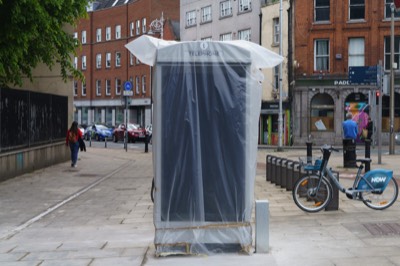
TO BE UNWRAPPED
-

CHINESE GARDEN
-
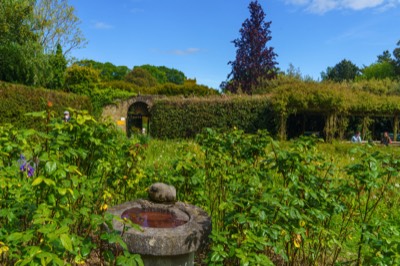
WALLED GARDEN
-
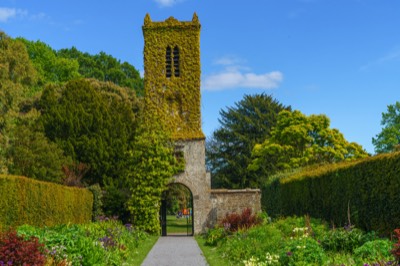
CLOCK TOWER
-
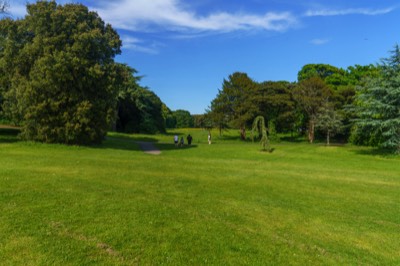
WILD MEADOWS
-
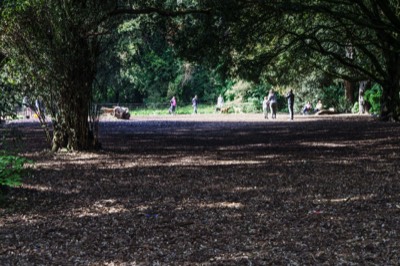
DOG PARK
-
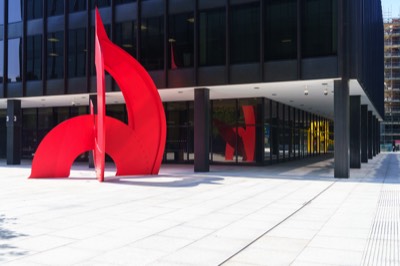
RED SCULPTURE
-
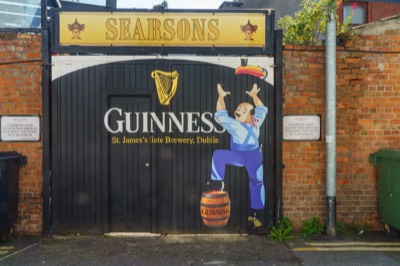
SEARSONS PUB
-
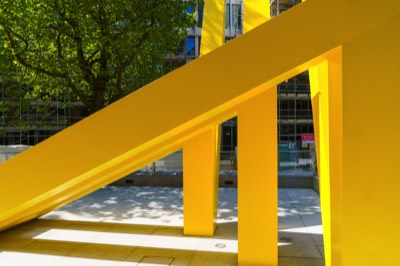
YELLOW METAL
-
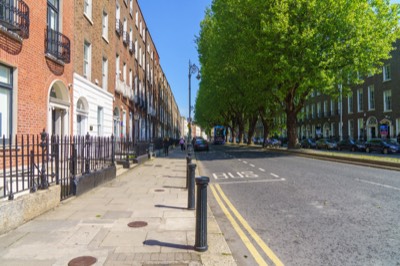
LOWER BAGGOT STREET
-
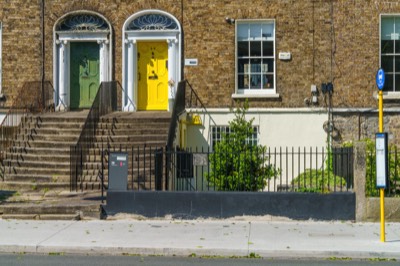
PEMBROKE ROAD
-
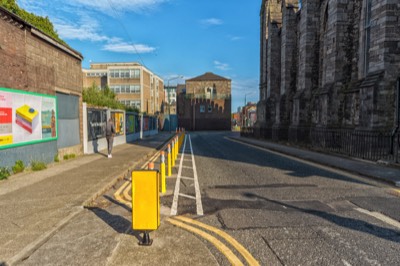
PENCIL BOLLARDS
-
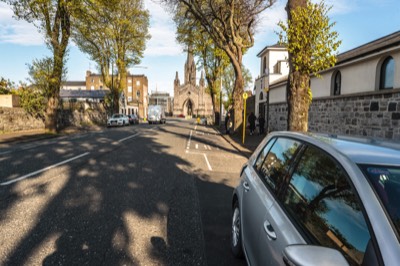
BLACK CHURCH
-
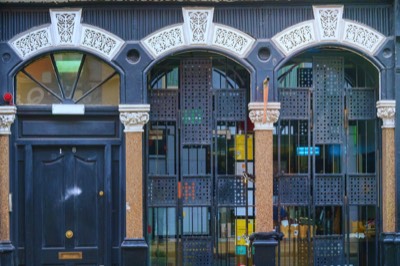
SOUP DRAGON
-
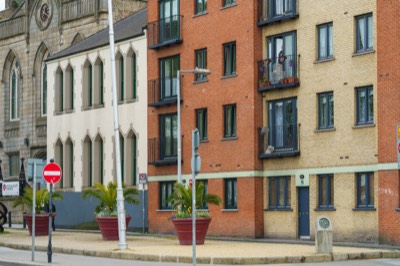
ESSEX QUAY
-

-
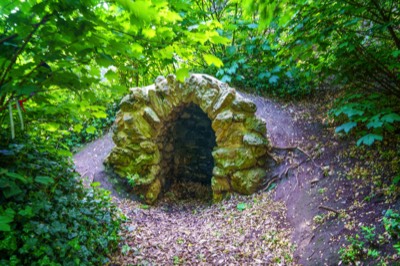
HOLY WELL
-

ROMAN TOWER
-
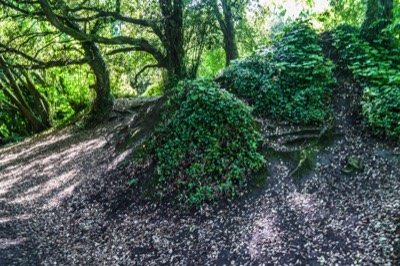
WOODLANDS
-

ST ANNES PARK
-

FOLLIES
-
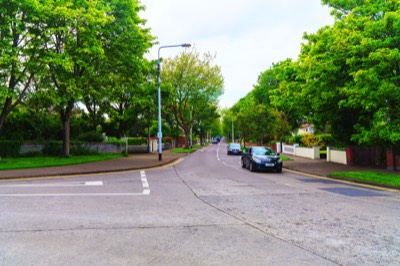
MOUNT PROSPECT AVE
-
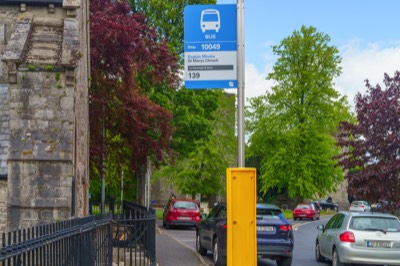
BUS STOP 10049
-
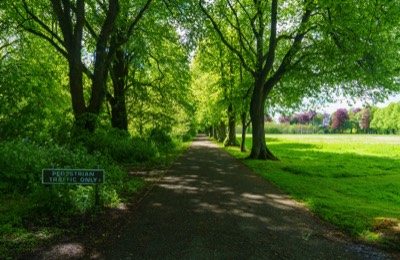
OLD CAMPUS
Sony SEL90M28G FE 90mm f/2.8-22 Macro G
MY FAVOURITE LENS
A perfect match for α7 series, 35mm full-frame E-mount cameras, 90mm Macro with a bright F2.8 maximum aperture, Nano AR coating effectively suppress reflections, Dust and moisture resistant design
I REALLY LIKE THIS LENS
COPYRIGHT INFORMATION BELOW APPLIES ONLY TO PHOTOGRAPHS

This work by William Murphy aka Infomatique is licensed under a Creative Commons Attribution-NonCommercial-ShareAlike 4.0 International License.
Permissions beyond the scope of this license may be available at https://excellentstreetimages.com/in-the-year-twentytwenty/copyright/.














































































